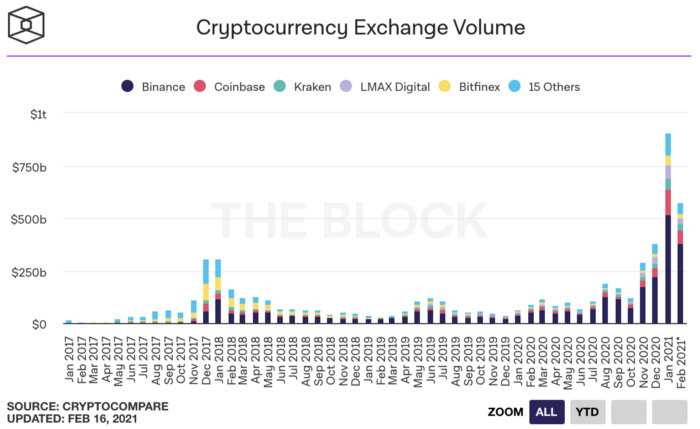One of the hot keywords in the DevOps space is AppOps. As the DevOps ecosystem matures, the focus is shifting from automation and continuous delivery to enriching the developer experience. AppOps takes an app-centric approach to enable developers with self-service tools to develop, deploy, and operate applications on modern, cloud-native platforms. While we have seen a proliferation of great open-source tools to achieve parts of this goal in recent years, creating a seamless experience that spans over CI/CD, security, cost management, and observability remains a challenging task.
Devtron is an open-source tool that pulls together a number of popular components such as ArgoCD, Clair, external secrets, and minio to bootstrap a fully managed application delivery platform on Kubernetes. Underneath the hood, it leverages GitOps principles to create sample CI/CD pipelines, integrated with security scanning and observability tools via a slick application dashboard. For teams looking to adopt Kubernetes at scale, Devtron offers a quick way to provide developers and platform teams a way to onboard their applications onto Kubernetes without having to fumble with various YAML files and piecing together complex tools.





